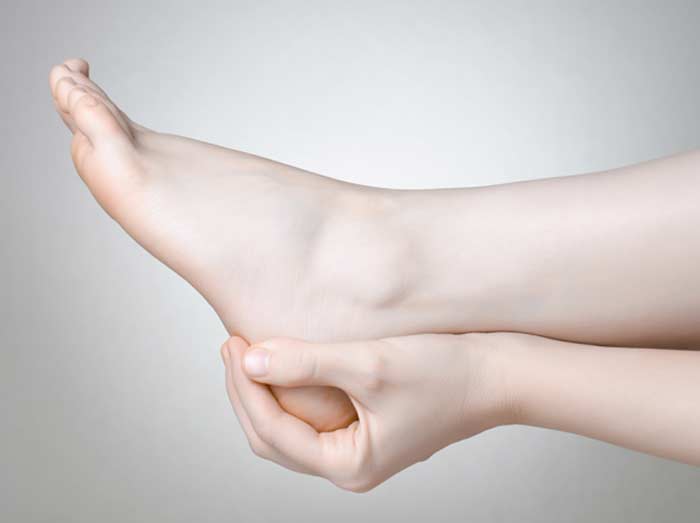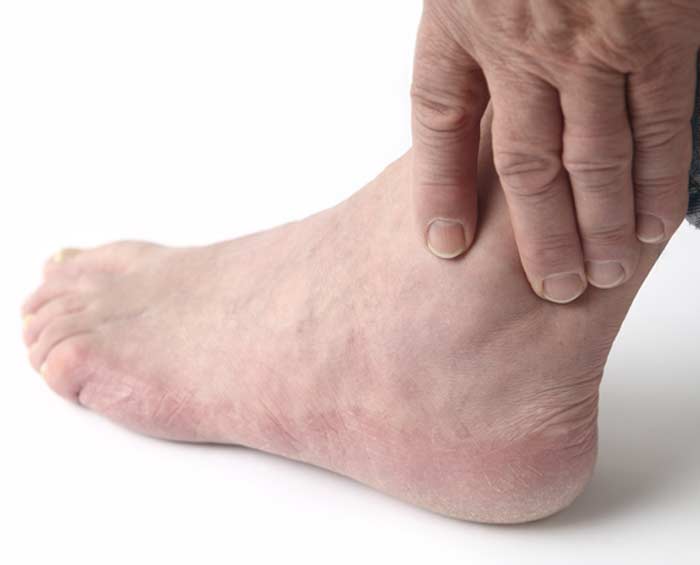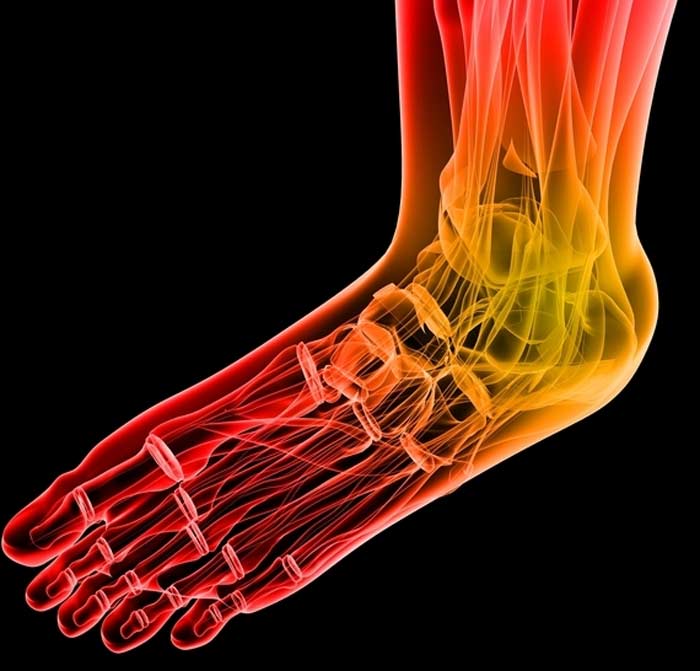
With the right treatment, you can overcome much of the problems that occur from diabetic neuropathy for an improved quality of life.
Damage to the nerves in the body due to consistently high blood glucose levels is known as diabetic neuropathy. While nerve damage can occur in any of the nerves in your body, diabetic neuropathy most commonly occurs in the legs and feet. Once damage has occurred, it is not reversible. However, there are treatment options that can help to reduce symptoms, and there are ways to slow down the damage that can continue to occur.
Types of Diabetic Neuropathy
The type of neuropathy you have depends on the specific nerves that are damaged. Affected individuals may have one or more different types of neuropathy, as nerves continue to sustain damage from consistently high blood sugar levels. The most common types of diabetic neuropathy include:
- Peripheral neuropathy, occurring in the limbs
- Radiculoplexus neuropathy, affecting the lower body
- Autonomic neuropathy, dealing with automatic bodily functions
- Mononeuropathy, affecting a specific nerve


Symptoms
There are a wide range of symptoms that you might experience if you have nerve damage due to uncontrolled diabetes. Pain or inability to feel pain in a certain area may occur. This pain or numbness are not mutually exclusive because it is possible that you can shift from one to the other fairly quickly. Numbness can be problematic if you cannot distinguish the temperature of water on your skin when preparing a bath, potentially leading to scalds or burns. On the other hand, you might become excessively sensitive to touch. Tingling and burning sensations are also common with nerve damage.
You may also experience muscle weakness and even muscle wasting. Your balance, coordination, and reflexes may also be negatively impacted from neuropathy. If the autonomic nervous system is affected, you may experience difficult with certain bodily functions, especially in your digestive and reproductive systems.
Eye problems are quite common in those with neuropathy. You may experience pain behind one or both eyes, as well as blurry or double vision. Diabetes can also increase your risk of developing glaucoma, cataracts, or retinopathy, which can cause blank spots in your vision.
Treatment Options
Once you have diabetic neuropathy, there is no cure. However, the main goals of treatment are to delay any progression of the disease, relieve symptoms, reduce the risk of complications, and restore as much function as possible to the affected nerves.
Medications are often used to deal with painful symptoms that are associated with damaged nerves. The most effective types of medications that are used for diabetic nerve pain are certain anti-seizure medications and certain anti-depressants. While one may be more effective than others for an individual’s symptoms, there are times when a physician will need to prescribe both an antidepressant and anti-seizure medication. Complications to the autonomic nervous system may be handled by a specialist.
Keeping your blood sugar under control has the greatest impact on reducing further damage to the nerves. Make healthy food choices and exercise daily. Take any medications as prescribed by your physician.
